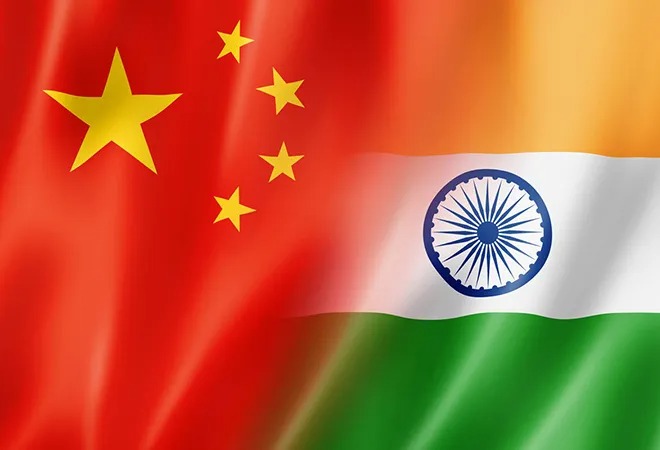
A Strategic Shift at Hambantota: India and Russia to Manage Sri Lanka’s China-built Airport
In a surprising twist of international strategy, the Hambantota International Airport in Sri Lanka, originally constructed as a part of China’s expansive Belt and Road Initiative, has now been handed over to Indian and Russian companies for management. This strategic pivot not only marks a significant geopolitical shift but also introduces a new chapter in regional dynamics.
China’s Setback in the Indian Ocean
Constructed with a whopping investment of about $210 million by China, the Hambantota International Airport was envisioned as a key asset in Beijing’s strategy to encircle India. However, the reality post-construction has been starkly different. The airport has seen notably low flight traffic, which has led to substantial operational losses. This underutilization prompted the Sri Lankan government to seek new management partners, a search that has culminated with the involvement of India and Russia from 2016 onwards.
India-Sri Lanka Relations: A Friendship That Burns Bright
The decision to involve Indian and Russian companies in the airport’s operations is seen as a blow to China, which has been keen on leveraging the airport for its strategic uses. Notably close to India geographically, the airport’s shift in management underscores a strengthening of ties between India and Sri Lanka, much to the chagrin of Beijing.
The Maldives Connection: China’s Persistent Influence
Despite setbacks, China’s influence in the Indian Ocean region remains undeterred. This is exemplified by recent developments in the Maldives, where a China-supported political party has seen electoral success. Following this victory, Beijing’s ties with Malé appear to be growing stronger, demonstrated by the docking of the Chinese surveillance vessel Jiang Yong Hong 03 at the Thilafushi industrial island’s port. This move has heightened tensions between Delhi and Malé, signaling that despite the occasional setbacks, China’s strategic ambitions in the Indian Ocean are far from over.
Geopolitical Implications and the Future of Regional Stability
The management shift at Hambantota International Airport is not just about operational control but also a reflection of the changing geopolitical alliances in the region. With India and Russia stepping in, the strategic narrative is evolving. This move could potentially alter the balance of power, prompting a reevaluation of existing alliances and strategies.
This strategic dance around the Hambantota International Airport is a vivid illustration of the larger power play at work in the Indian Ocean, a critical arena for maritime trade and geopolitical competition. As these dynamics continue to unfold, the impact on regional stability and international relations will be profound and worth monitoring. The Hambantota pivot may just be the beginning of a larger reconfiguration of power in Asia.
 Suspense Crime Sach Ka Dam
Suspense Crime Sach Ka Dam


